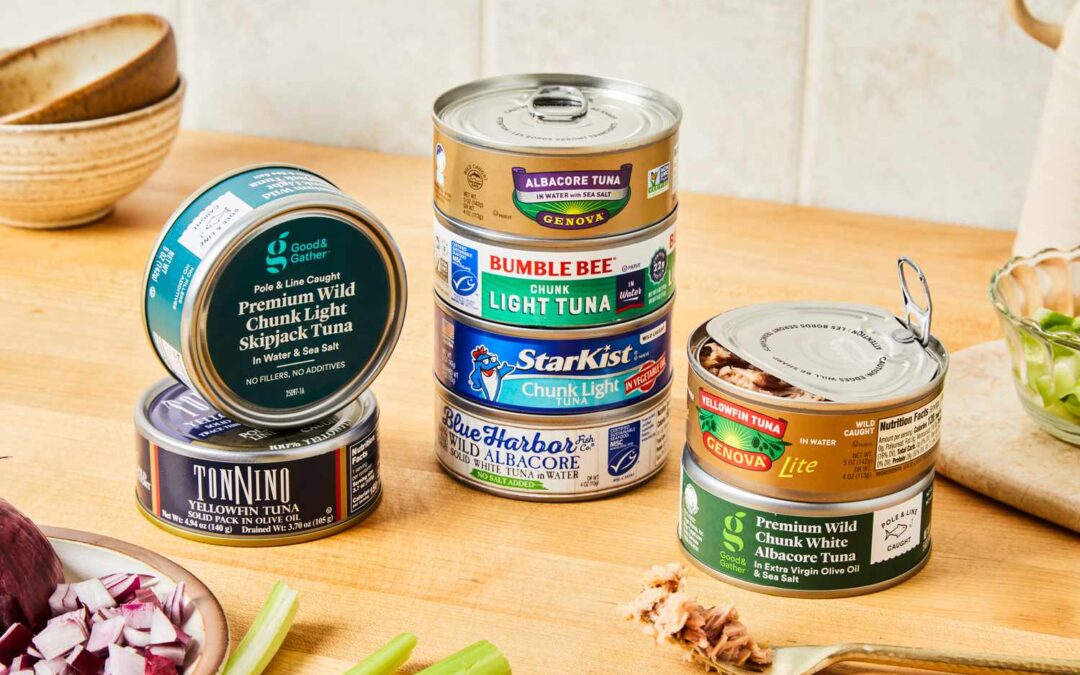AUTHOR
Dr. Soni Maria
Research Cnslt., Univ. of Wollongong, Australia

Tuna plays a significant role in ocean ecosystems. They are one of the most important top predators in the food chain feeding on fishes, squid, shellfish and a variety of planktonic organisms. They play a crucial role in maintaining the marine ecosystem, and their depletion can have cascading effects on lower trophic levels. Tunas migrate long distances over all the world’s oceans and occupy tropical, temperate, and even some cooler waters. Additionally, they are also an essential and affordable source of nutritious and high-quality protein- high in protein, low in fat, and essential nutrients like Omega-3. This has resulted in high demand in global markets. The canning industry is the leading destination for most of the world’s tuna catches. In 2018, commercial fishing vessels landed about 5.2 million metric tons of Tuna, with an estimated dock value (the amount paid to fishers) of $11.7 billion. Their primary markets are the United States of America and the European Union for canned Tuna, while Japan is the world’s largest importer of fresh and frozen Tuna in whole or loin form. Major imported-tuna processing and re-export industries are located in China, Ecuador, Philippines, Spain and Thailand. Tuna Bonito and bill fishes together contributed 9% in fish trade in terms of value.
The raw material is sourced from long-distance tuna fleets fishing regional tuna stocks managed by regional fisheries management organisations (RFMOs). A Tuna regional fisheries management organization (RFMO), is an international organization that is dedicated to the sustainable management of Tuna resources in a particular region of international waters. The five tuna RFMOs namely the InterAmerican Tropical Tuna Commission (IATTC), the International Commission for the Conservation of Atlantic Tunas (ICCAT), the Indian Ocean Tuna Commission (IOTC), the Western and Central Pacific Fisheries Commission (WCPFC), and the Commission for the Conservation of Southern Bluefin Tuna (CCSBT) are constituted of the regions’ coastal states and representatives of the distant water fishing nations who are most active, and often capture much of the benefit, in the regions. Scientists from the RFMOs use the most recent and best available data and information to evaluate the stocks and provide advice for management.
In area 71, the Western Central Pacific, Tuna and tuna-like species accounted for most of the increase in catches, with skipjack tuna increasing from 1.0 million tonnes to over 1.8 million tonnes in the last 20 years. Tunas are sourced from both offshore artisanal and long-distance fleets fishing regional tuna stocks managed by the RFMOs. The catch comprises multiple species in the tropical and subtropical latitudes of the Atlantic, Pacific and Indian Oceans. Bluefin and bigeye tuna are typically used for sashimi and sushi, while skipjack, albacore and yellowfin are used in canned and other prepared and preserved products.
For More >>

